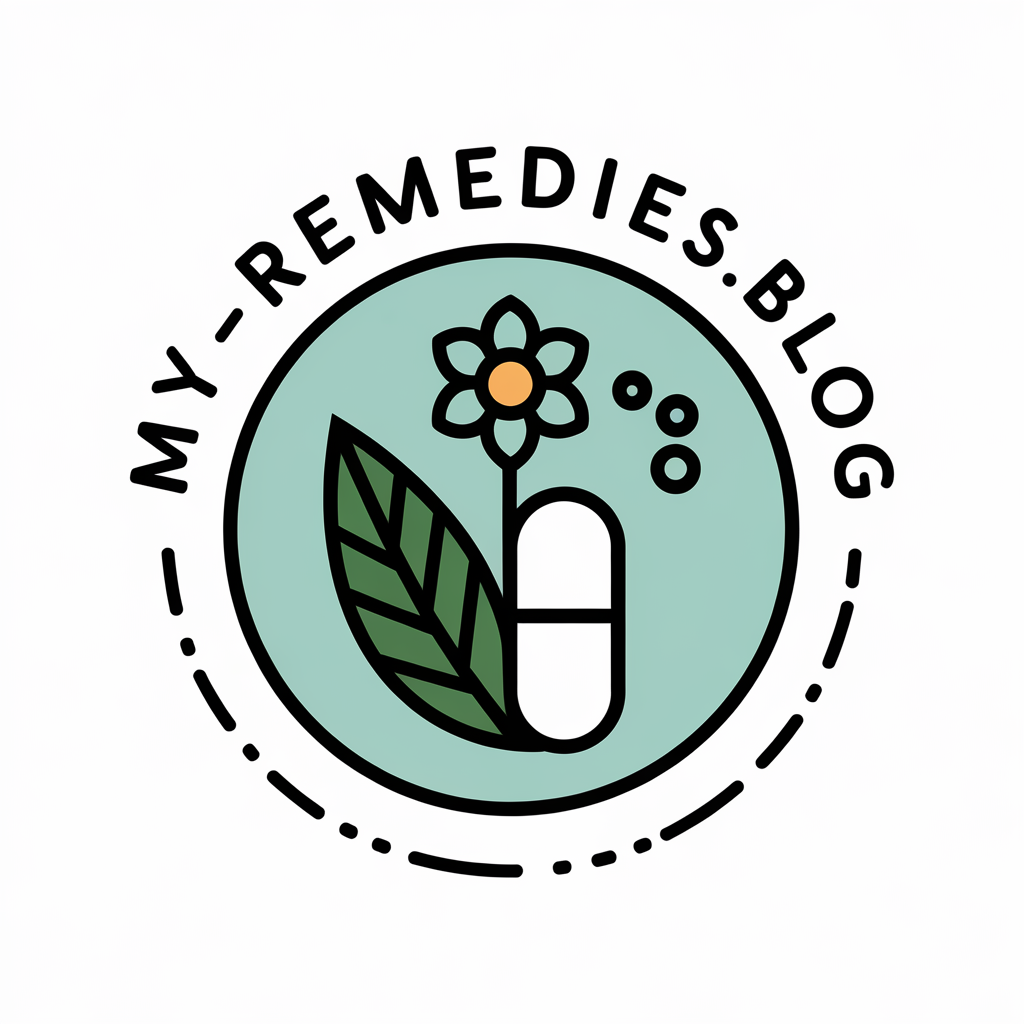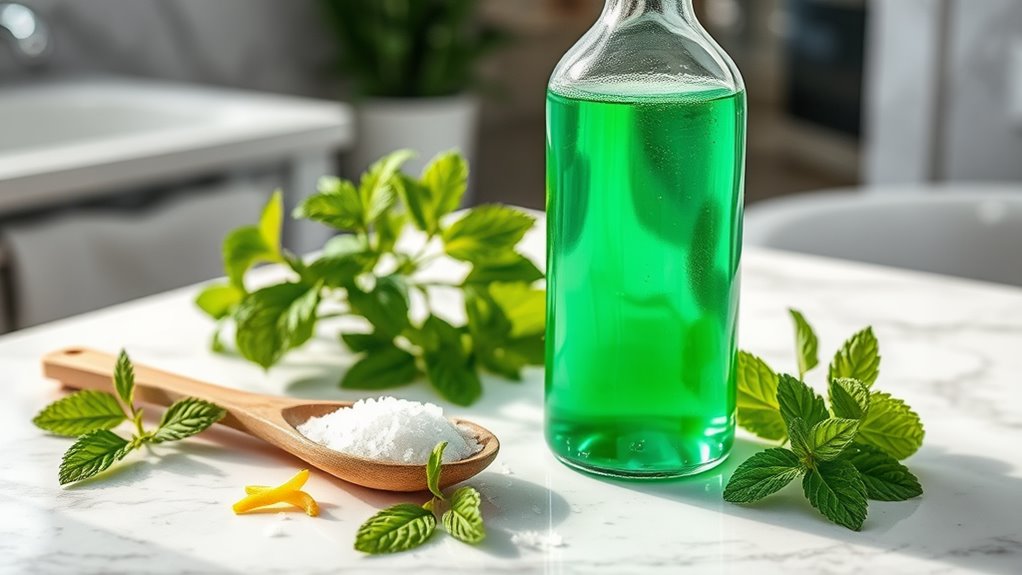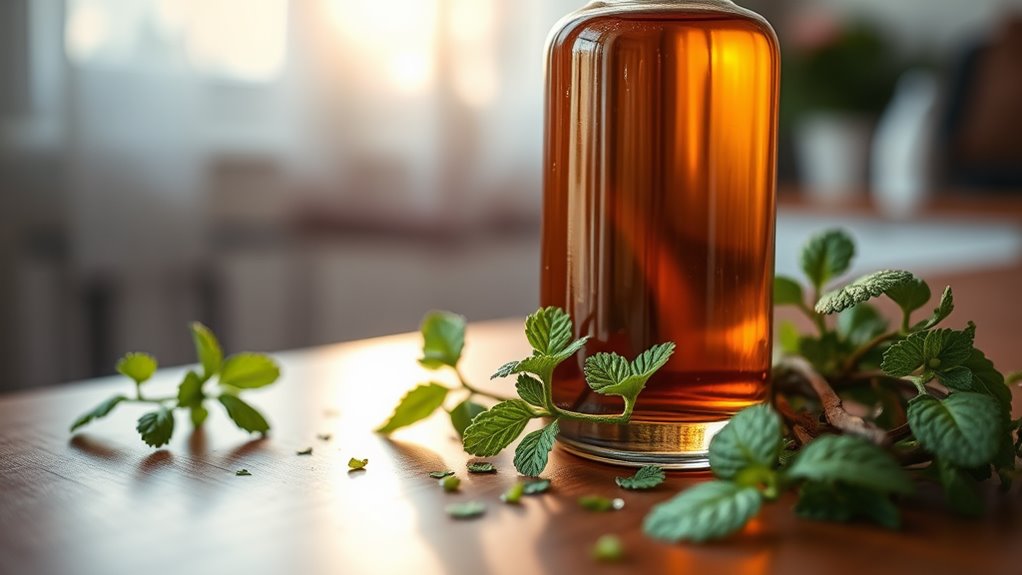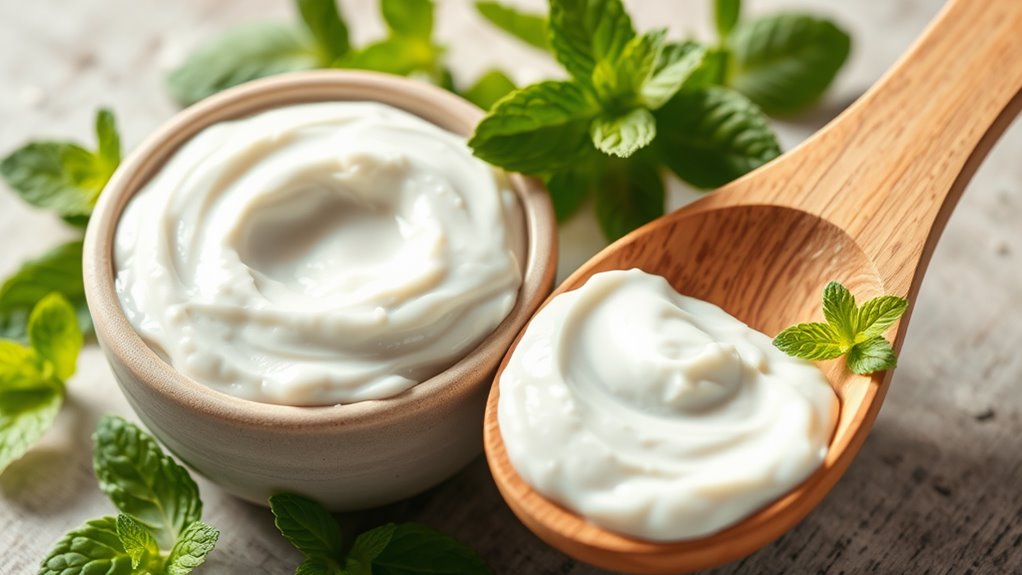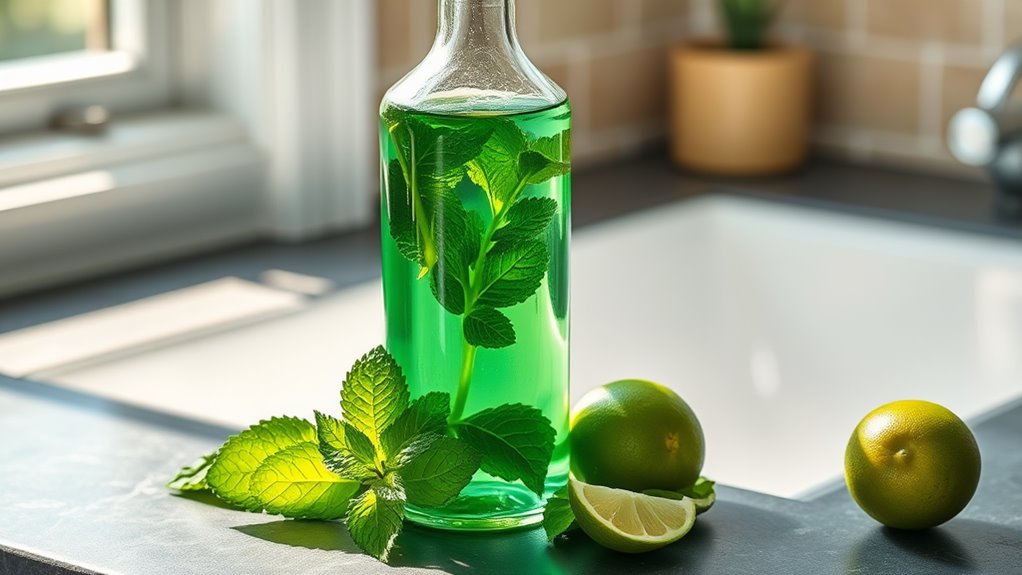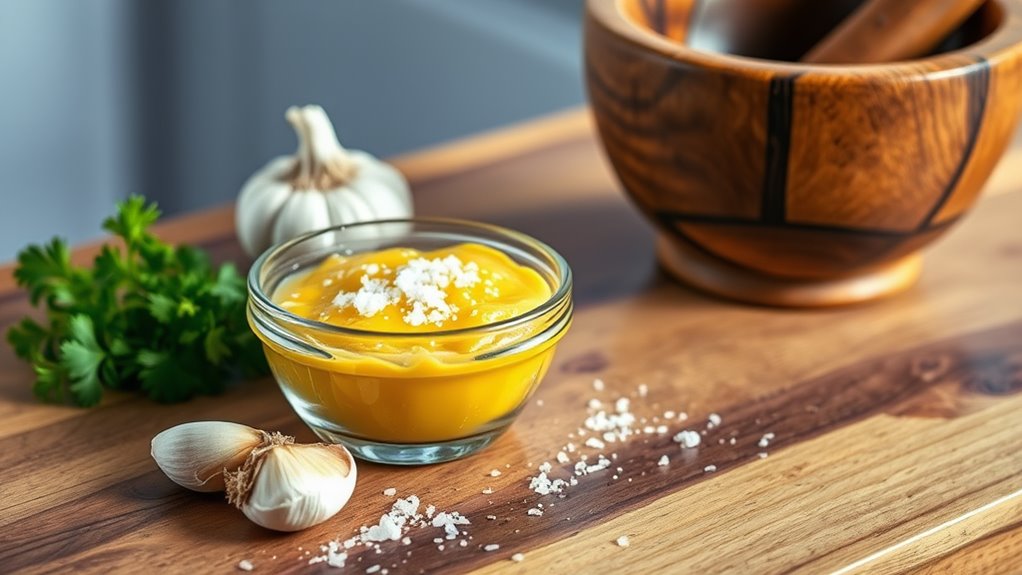Beat Bad Breath With This Surprising DIY Mouthwash
To beat bad breath, try this surprising DIY mouthwash! Mix 1 cup of distilled water, 1 teaspoon of baking soda, and 5-10 drops of essential oil like peppermint or tea tree in a sealed container. Swish it around for at least 30 seconds and spit it out. This natural blend neutralizes odor and promotes oral health without harsh chemicals. Use it twice daily for best results, and there’s more to discover about maintaining fresh breath effectively.
Key Takeaways
- DIY mouthwash is cost-effective and avoids harsh chemicals, making it a safe alternative for freshening breath.
- Essential ingredients like baking soda and essential oils combat bad breath by neutralizing odors and killing bacteria.
- Regular use of homemade mouthwash can be more effective than store-bought options in managing halitosis.
- The freshness of DIY mouthwash allows you to make small batches to ensure maximum effectiveness and flavor.
- Proper storage and regular cleaning of the container are vital to maintain the mouthwash’s efficacy and prevent contamination.
Understanding Bad Breath: Causes and Solutions
While many people experience bad breath at some point, understanding its causes can help you tackle the issue more effectively.
Bad breath, or halitosis, often stems from poor oral hygiene, dry mouth, or certain foods like garlic and onions. Bacteria in your mouth break down food particles, producing unpleasant odors. Medical conditions, such as sinus infections or diabetes, can also contribute.
To combat bad breath, consider using a DIY mouthwash for bad breath. Simple ingredients like baking soda, hydrogen peroxide, or essential oils can create an effective rinse that neutralizes odors and freshens your breath.
Regular dental check-ups and maintaining proper oral hygiene are vital too. With the right knowledge and solutions, you can confidently manage bad breath and boost your self-esteem.
The Benefits of DIY Mouthwash
DIY mouthwash offers a range of benefits that can enhance your oral hygiene routine. By creating your own mouthwash, you gain control over the ingredients, ensuring it aligns with your preferences and needs.
Here are some key advantages:
-
Cost-Effective: You save money compared to store-bought options.
-
Natural Ingredients: You can select organic or non-toxic components, avoiding harsh chemicals.
-
Customizable Flavors: Tailor the taste to your liking with essential oils or natural sweeteners.
-
Freshness on Demand: Make small batches for peak freshness, ensuring greater effectiveness.
-
Environmentally Friendly: Reduce plastic waste by using reusable containers.
Incorporating DIY mouthwash into your routine can lead to improved oral health and a more sustainable lifestyle.
Essential Ingredients for Your Mouthwash
Creating an effective mouthwash requires selecting the right ingredients that not only combat bad breath but also promote overall oral health.
Start with a base of distilled water, which hydrates and dilutes other components. Add baking soda, a natural deodorizer that neutralizes acids and balances pH levels.
Essential oils, like peppermint or tea tree oil, provide antimicrobial properties and an invigorating taste. For sweetness, consider including a bit of honey or stevia, both of which are natural and won’t contribute to tooth decay.
Finally, a splash of apple cider vinegar can help eliminate bacteria. By combining these ingredients, you’ll create a powerful mouthwash that leaves your breath fresh while supporting your oral hygiene.
Step-by-Step Guide to Making Your Mouthwash
To make your own mouthwash, you’ll need to follow a straightforward process that guarantees you combine the right ingredients effectively. Here’s how to do it:
-
Gather your ingredients: distilled water, baking soda, essential oils (like peppermint or tea tree), and a small container.
-
Measure 1 cup of distilled water and pour it into the container.
-
Add 1 teaspoon of baking soda to the water, mixing until fully dissolved.
-
Incorporate 5-10 drops of your chosen essential oil for flavor and antibacterial properties.
-
Stir the mixture well, ensuring all ingredients are blended, and store it in a sealed container.
Once you’ve prepared your mouthwash, you’re ready to tackle bad breath naturally and invigoratingly!
Tips for Using Your DIY Mouthwash Effectively
To get the most out of your DIY mouthwash, it’s crucial to use it correctly and store it properly.
Rinsing for the recommended duration guarantees maximum effectiveness, while proper storage can extend its shelf life.
Let’s explore these techniques to help you maintain fresh breath with your homemade solution.
Proper Usage Techniques
Using your DIY mouthwash effectively can make a significant difference in combating bad breath. To maximize its benefits, follow these proper usage techniques:
-
Swish thoroughly: Take a generous amount and swish it around your mouth for at least 30 seconds to guarantee it reaches all areas.
-
Don’t swallow: Remember, mouthwash isn’t meant to be ingested. Spit it out after swishing.
-
Use twice daily: Incorporate your mouthwash into your morning and evening oral care routine for ideal results.
-
Follow with brushing: For best effects, brush your teeth after using mouthwash to remove any remaining bacteria.
-
Rinse your bottle: Clean your mouthwash container regularly to prevent contamination and maintain freshness.
These techniques will help you get the most out of your DIY mouthwash.
Storage and Shelf Life
Proper storage and understanding the shelf life of your DIY mouthwash are essential for maintaining its effectiveness.
Store your mouthwash in a cool, dark place, away from direct sunlight and heat, as these factors can degrade its ingredients. Glass or dark plastic bottles are ideal, as they help protect the mixture from light exposure.
Generally, your DIY mouthwash should last about two to four weeks, depending on the ingredients used. Always check for changes in color, smell, or texture before use. If any of these signs are present, it’s best to discard the mouthwash and make a fresh batch.
Maintaining Oral Hygiene Beyond Mouthwash
While mouthwash can be an effective tool for freshening breath, it’s essential to recognize that maintaining oral hygiene involves more than just rinsing.
To truly care for your mouth, you should adopt a thorough approach. Here are some key practices to incorporate:
- Brush twice daily with fluoride toothpaste to remove plaque.
- Floss daily to clean between teeth and prevent gum disease.
- Stay hydrated to maintain saliva production, which protects against bacteria.
- Limit sugary snacks and drinks that can contribute to tooth decay.
- Visit your dentist regularly for check-ups and professional cleanings.
